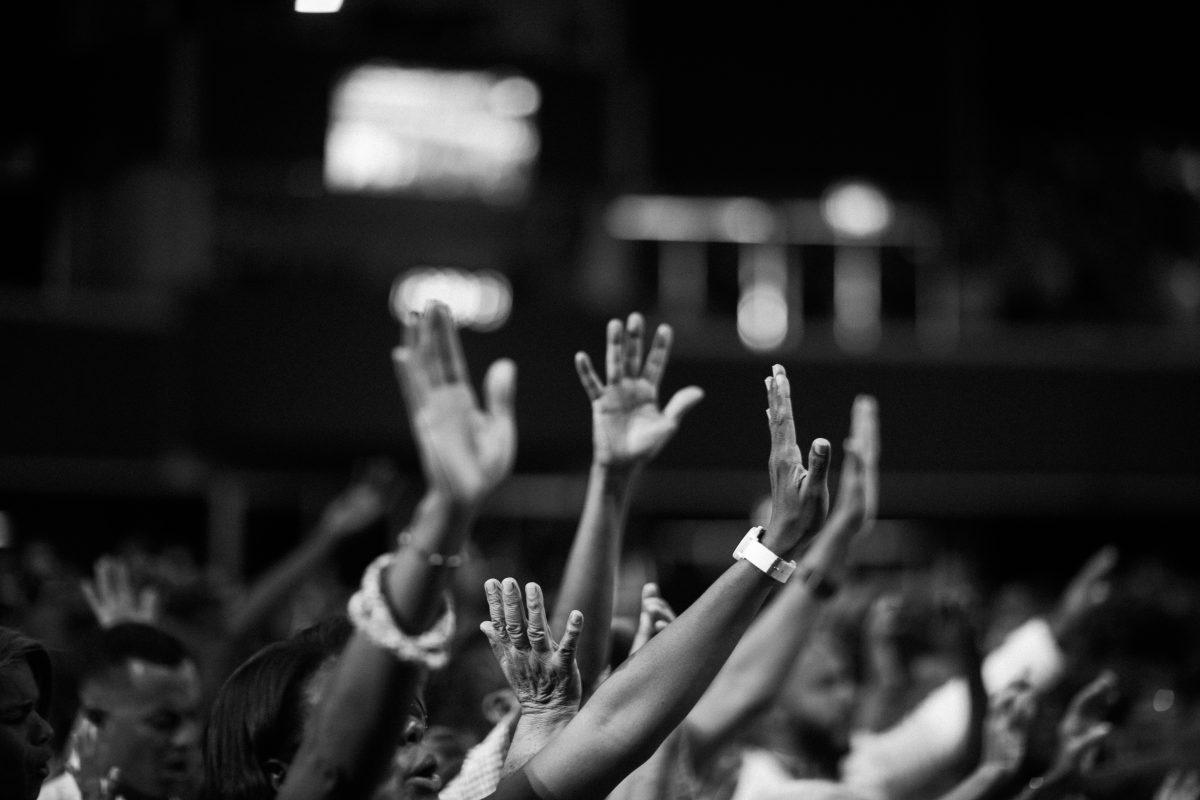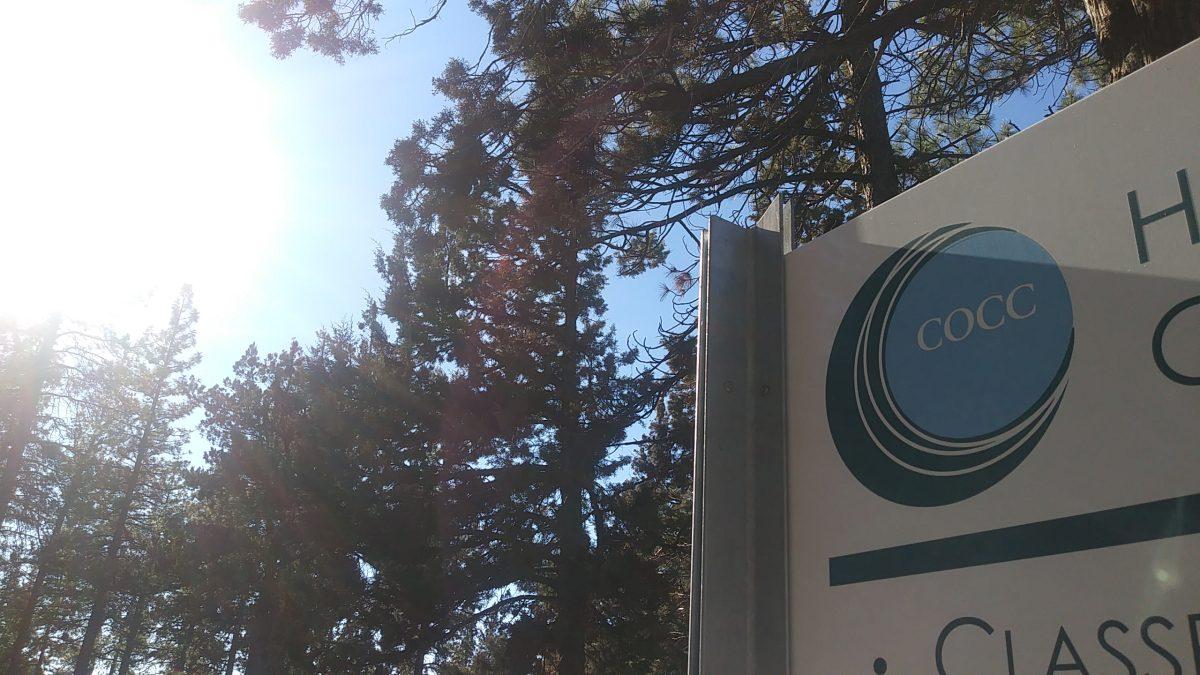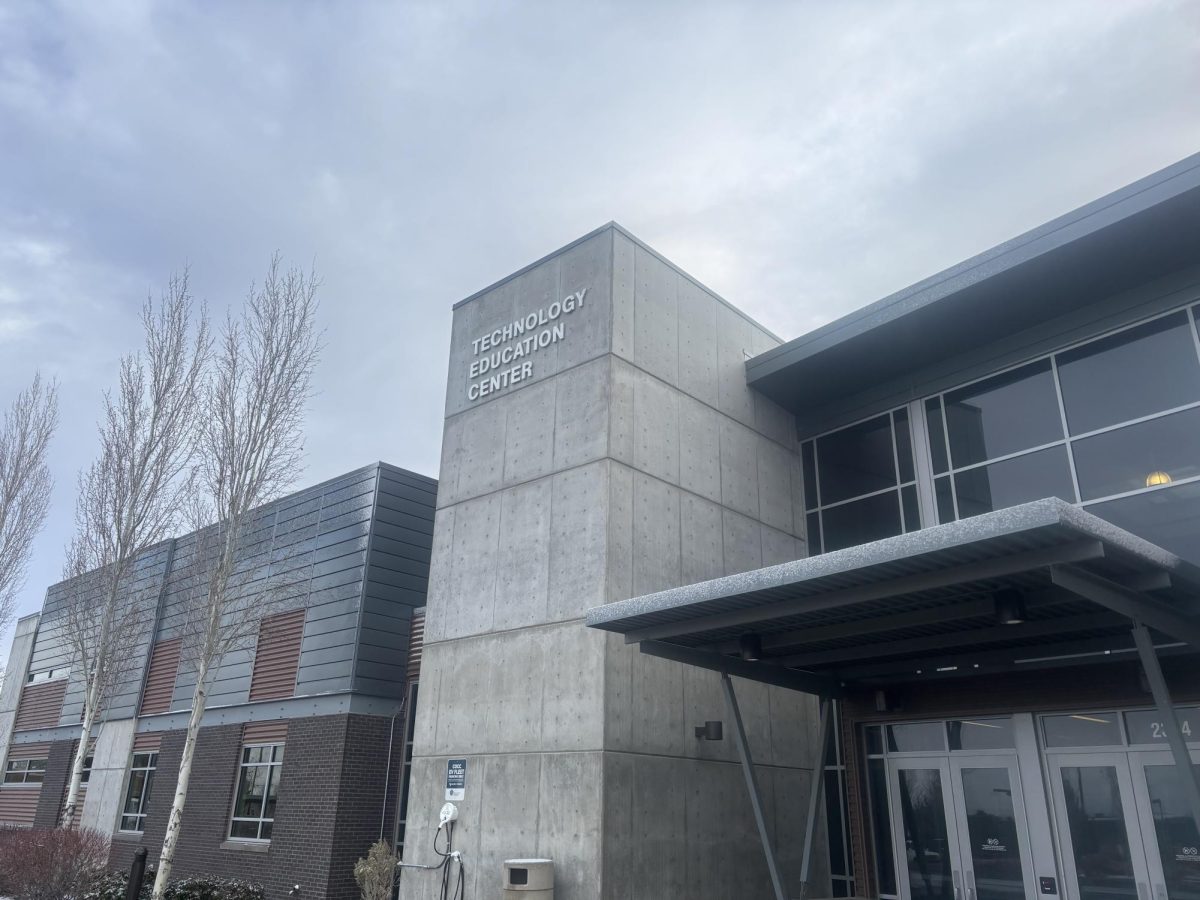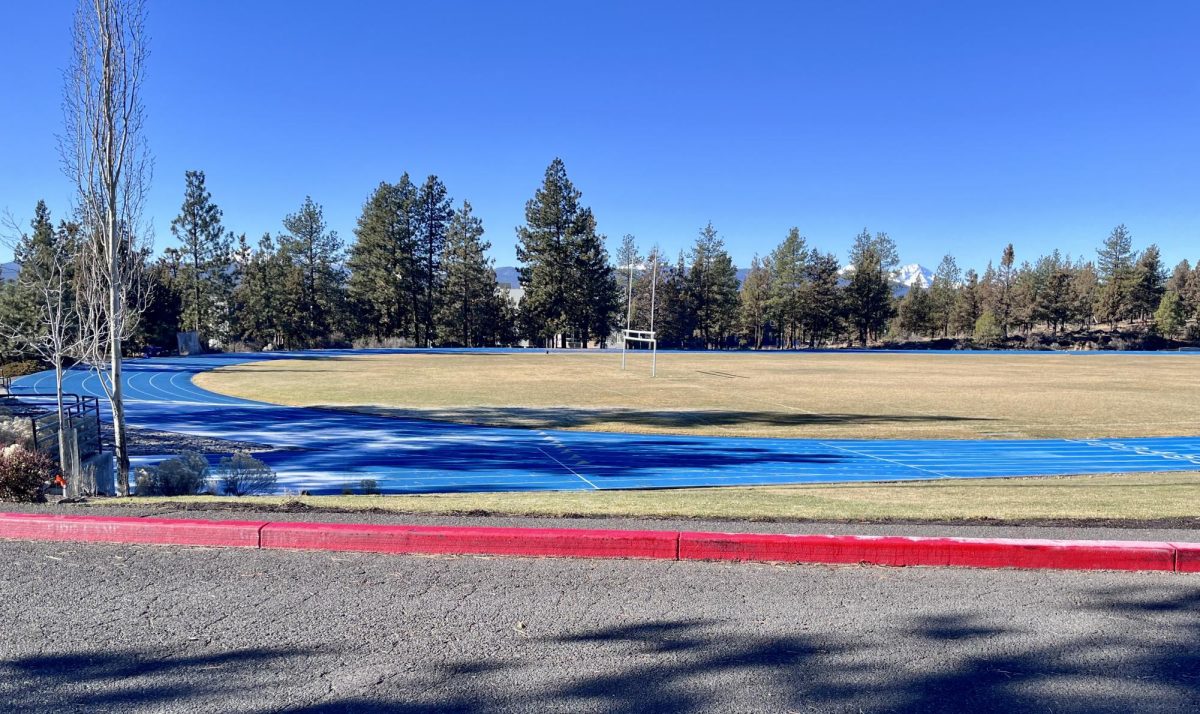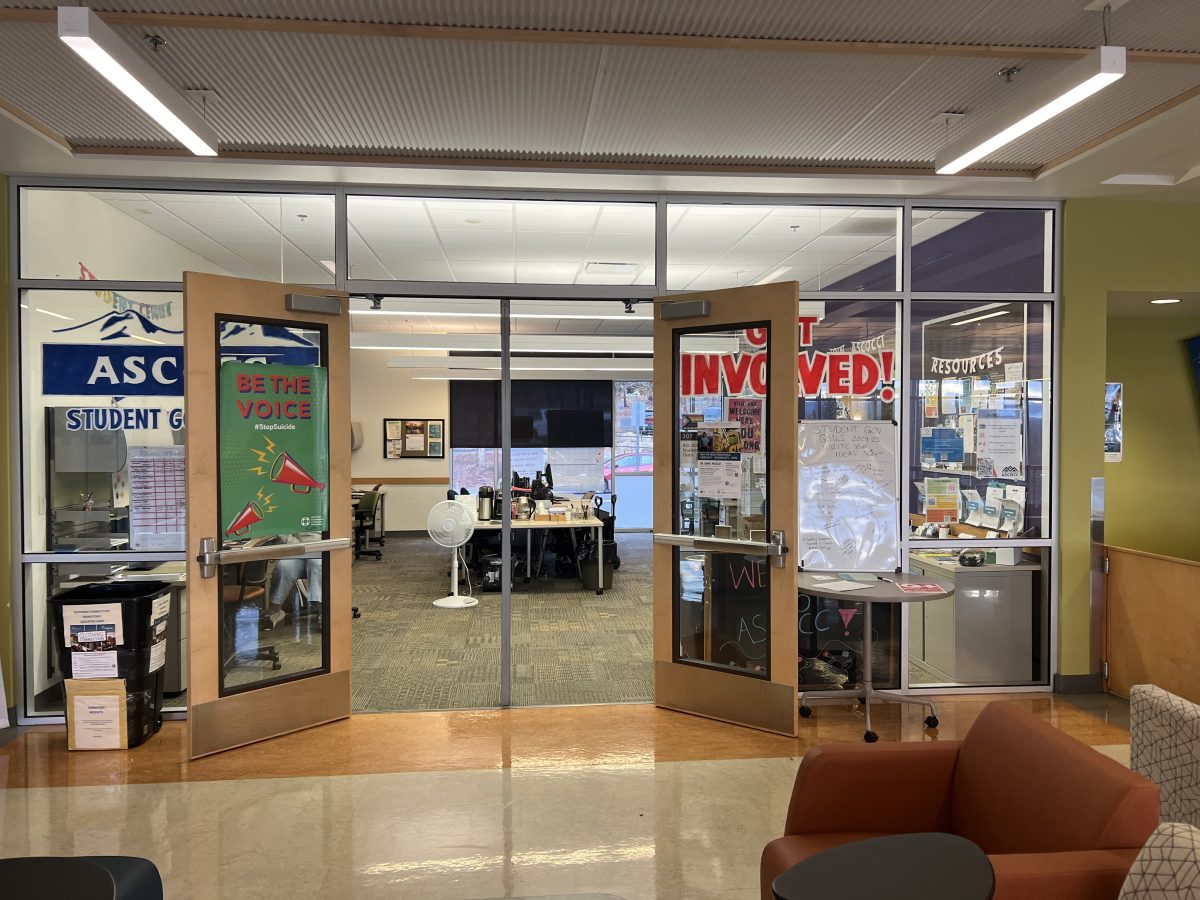By Emma Kaohi | The Broadside (Contact: [email protected])
Those born on or after the year 1999, are being referred to as “Generation Columbine.” Isn’t that sad?
School hallways should not be a place where you feel the need to look over your shoulder in fear of a threat behind you, and certainly not a threat of an AR-15 rifle. Since the Columbine school shooting in 1999, where 13 innocent lives were taken, there has been one school shooting per year, at a minimum.
The majority of this year’s first-year college students were born in 1999, meaning that the heightened risk of having bullets sprayed in your direction has been looming in our ears for our entire lives.
Even so, laws and regulations surrounding gun use have remained stagnant in change. Instead, we have been living through a time period where it was taught that we must prepare for a violent attack, rather than prevent the violent attack itself.
I can vividly recall active-shooter drills in elementary school. We could be found crouching under their desks as if we were playing a twisted version of hide-and-go-seek during these drills, without truly understanding the importance or severity of what we were being taught.
Giggles could be heard echoing the otherwise silent classrooms, followed by a stern hush by the teacher. These same drills continued on through the rest of elementary, middle, and high school, losing more and more importance to students and teachers as years of “pointless” repeated drills continued on.
Instead, the sound of giggles from students and a hush from the teacher were replaced with the sound of cheers from both students and teachers, thankful for a break from any type of instruction.
The potential severity of the situation never crossing our minds, even as hundreds of headlines of mass murders and school shootings would flash on our television screens. According to Philip Bump, reporter for the Washington Post, there have been 188 shootings at schools and universities since 2000, however this number is based off of his personal research, as the United States federal government has not conducted a study on gun violence.
Still, students pretend to hide under their desks for a few minutes, until a pretend all-clear warning is given, telling us the pretend threat is gone. As I would crawl out from under a gum-covered desk, I often would question: if the shooter is an attendee of the school, wouldn’t he know exactly where we are? Exactly what we are doing? Having gone through the same preventative training as the rest of the school would have surely prepared them for their own preventative deadly actions.
I’m thankful that I completed elementary, middle, and high school and never had to find out, but for those lives lost in the Parkland, Fla., that is exactly what had happened. Setting off a fire alarm as means to get students and teachers to leave classrooms, the suspect was able to take 17 lives, and injure 14 others.
Although lockdowns have been proven to be effective, the mindset that preparation is the first step towards prevention needs to change, especially when the preparation is in turn preparing the gunman. If prevention is the goal amongst lawmakers, the attention should be on the ease of access to the weaponry that is involved. There should be no reason a high school student should have an automatic rifle, noting that the Parkland shooter was able to obtain ten. Without serious implications from teachers and school officials, the preparation taken for the safety of the students will remain seemingly pointless in their eyes.
As “Generation Columbine” ages, leaving behind school hallways and the heightened threat of lives being taken, I can only hope that we are the last generation to have the label of living our entire lives with recurrent school shootings. ■




